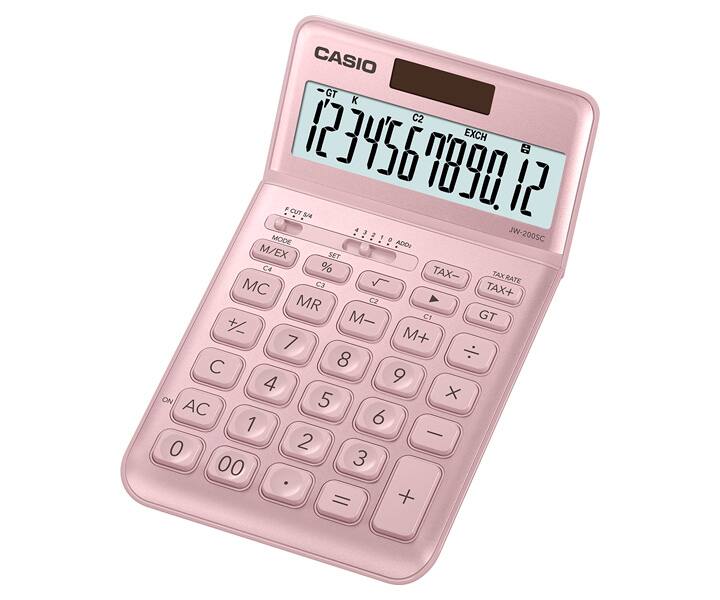How to Cook Up Mathematical Magic: A Guide to the Calculator Soup – In the realm of mathematics, there exist tools that can seem like magic to the uninitiated. One such tool is the humble calculator, a device that can perform complex calculations in a matter of seconds. But what if we told you that you can do even more with your calculator? What if we told you that you can use it to create a veritable “soup” of mathematical wonders? In this article, we will explore some of the fascinating ways in which you can use your calculator to perform magic of a mathematical nature.
Setting the Stage: Understanding Your Calculator
Before we dive into the magical world of calculator soup, let’s take a moment to familiarize ourselves with the basic functions of a calculator. Most calculators come equipped with the four basic operations: addition, subtraction, multiplication, and division. These operations form the foundation of all mathematical calculations and are the building blocks of calculator magic.
In addition to these basic functions, many calculators also come equipped with a variety of advanced functions, such as square roots, exponentiation, logarithms, and trigonometric functions. These functions can be incredibly powerful tools for performing complex calculations and unlocking the full potential of your calculator.
Creating the Base: Basic Calculator Tricks
Now that we have a basic understanding of how calculators work, let’s explore some simple tricks that you can perform with your calculator to impress your friends and colleagues.
- Magic Square Generator: Use your calculator to generate a magic square, a square grid filled with numbers such that the sum of the numbers in each row, column, and diagonal is the same. To do this, simply enter the number of rows and columns you want in your magic square, and let your calculator do the rest.
- Factorial Fun: Calculate the factorial of a number by simply entering the number and pressing the factorial button (often denoted by “!”). The factorial of a number is the product of all positive integers up to and including that number. For example, the factorial of 5 is 5 x 4 x 3 x 2 x 1 = 120.
- Palindrome Detector: Use your calculator to determine if a number is a palindrome, a number that reads the same forwards and backwards. Simply enter the number, reverse it, and compare the two. If they are the same, you have a palindrome!
- Prime Number Checker: Determine if a number is prime or not by using your calculator to divide the number by all numbers less than it. If the number is only divisible by 1 and itself, it is prime.
Adding Some Spice: Advanced Calculator Magic
Now that we have explored some basic calculator tricks, let’s turn up the heat and explore some more advanced techniques.
- Graphing Functions: Many calculators come equipped with graphing capabilities, allowing you to graph functions and visualize mathematical concepts. Use your calculator to graph equations, plot points, and explore the world of mathematics in a visual way.
- Solving Equations: Your calculator can also be used to solve equations, including linear equations, quadratic equations, and systems of equations. Simply enter the equation, and let your calculator do the work for you.
- Statistical Analysis: If you’re working with data, your calculator can be a powerful tool for performing statistical analysis. Calculate mean, median, mode, standard deviation, and more with the push of a button.
- Programming: Some calculators even allow you to write and execute programs, turning your calculator into a mini computer. Use programming to automate repetitive tasks, solve complex problems, and explore the world of computer science.
Conclusion
In conclusion, the calculator is a versatile tool that can be used to perform a wide variety of mathematical tricks and calculations. Whether you’re looking to impress your friends with some basic calculator magic or delve into more advanced mathematical concepts, the calculator has you covered. So next time you pick up your calculator, remember that you’re not just crunching numbers – you’re creating mathematical magic.

